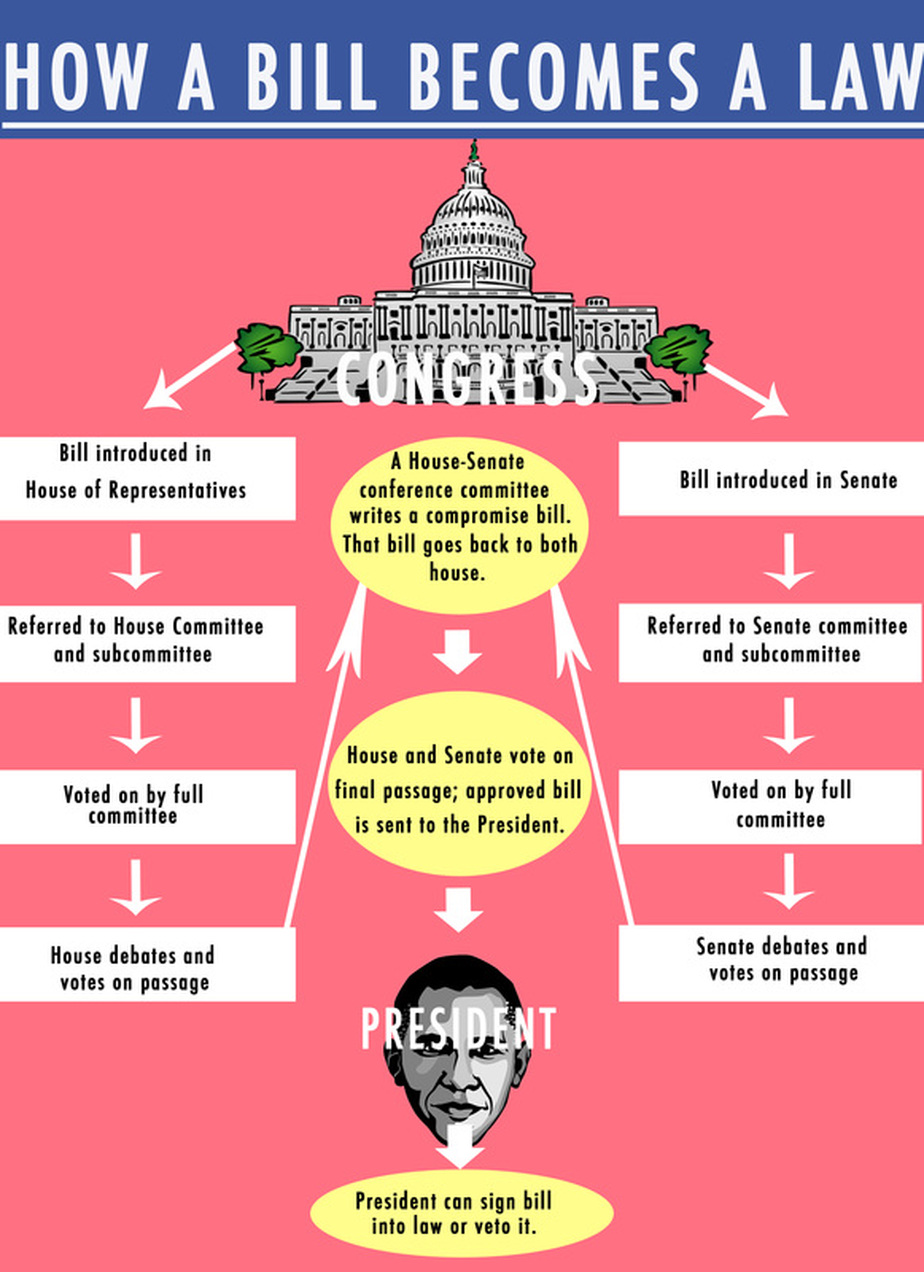


Sometimes Senators will use a filibuster in which they continue to talk for hours to keep the bill from being passed. Senators can debate the bill for as long as they want.

If major edits are made, the committee may decide to create a new bill which will start the process over from the beginning. After the edits are made, the committee must vote to accept the changes. If the vote passes, the committee will made revisions or edits to the bill. After the bill is discussed, the full committee will vote on it.The committee will hold hearings on the proposed bill or the chairperson of the committee may assign the bill to a subcommittee.If a bill is not discussed in committee, it is effectively “killed.” The committee will add the bill to their calendar.After the bill is proposed, the Speaker of the House or the presiding officer of the Senate will send the bill to the appropriate committee.In the House of Representatives, additional members may add their names to the bill to become “cosponsors.” In the Senate, bills can be jointly sponsored by more than one member.In the Senate, a Senator must seek recognition to introduce a new bill in the morning. The bill is given to the House clerk or put in the hopper in the House of Representatives.Bills might be written by other members, staff members, interest groups, or others. The sponsor of the bill is not necessarily the author. A bill is proposed, or sponsored, by a member of the House of Representatives or Senate.A bill is a piece of legislation that a member of the House of Representatives or Senate wants to become law.


 0 kommentar(er)
0 kommentar(er)
